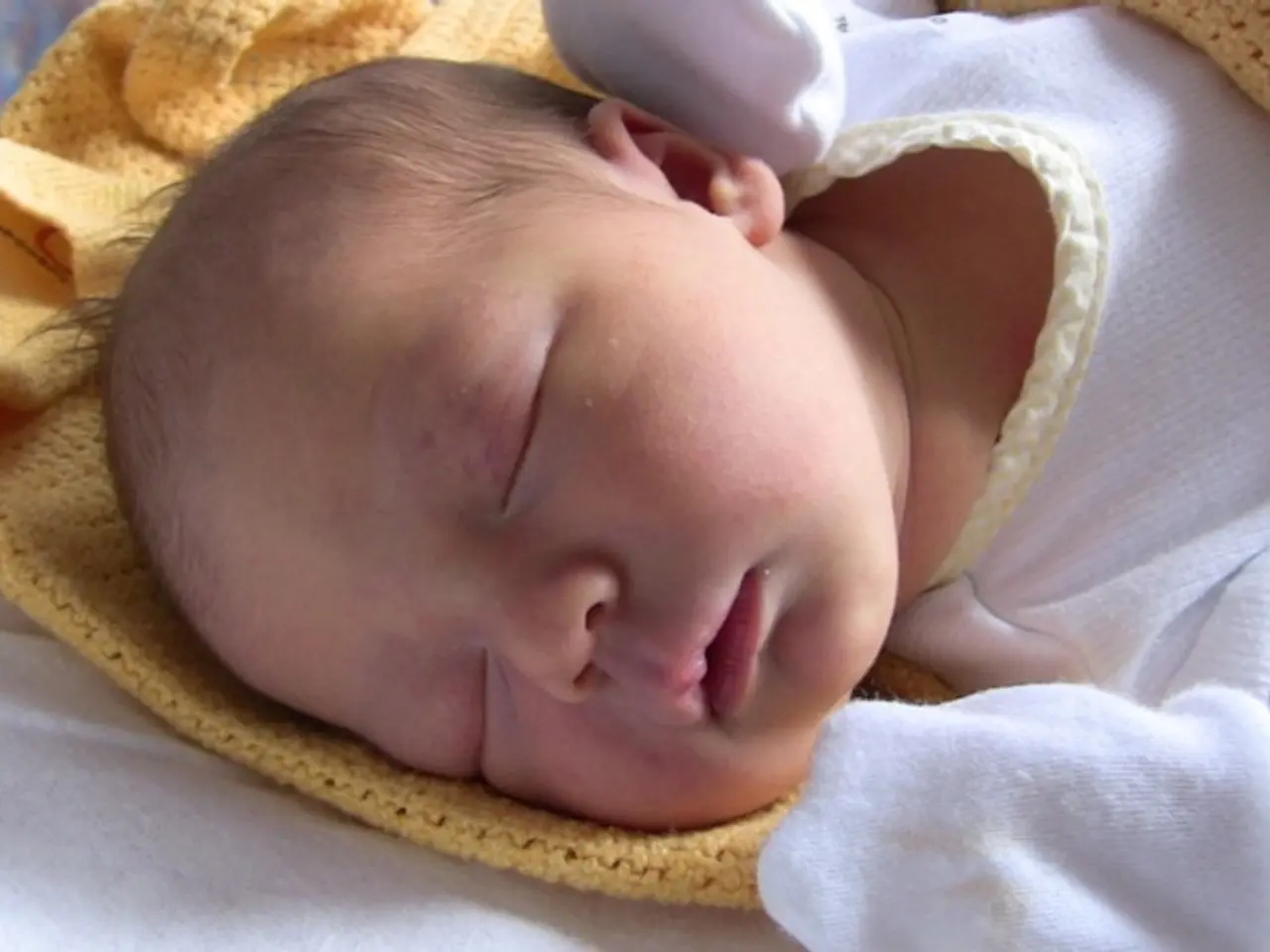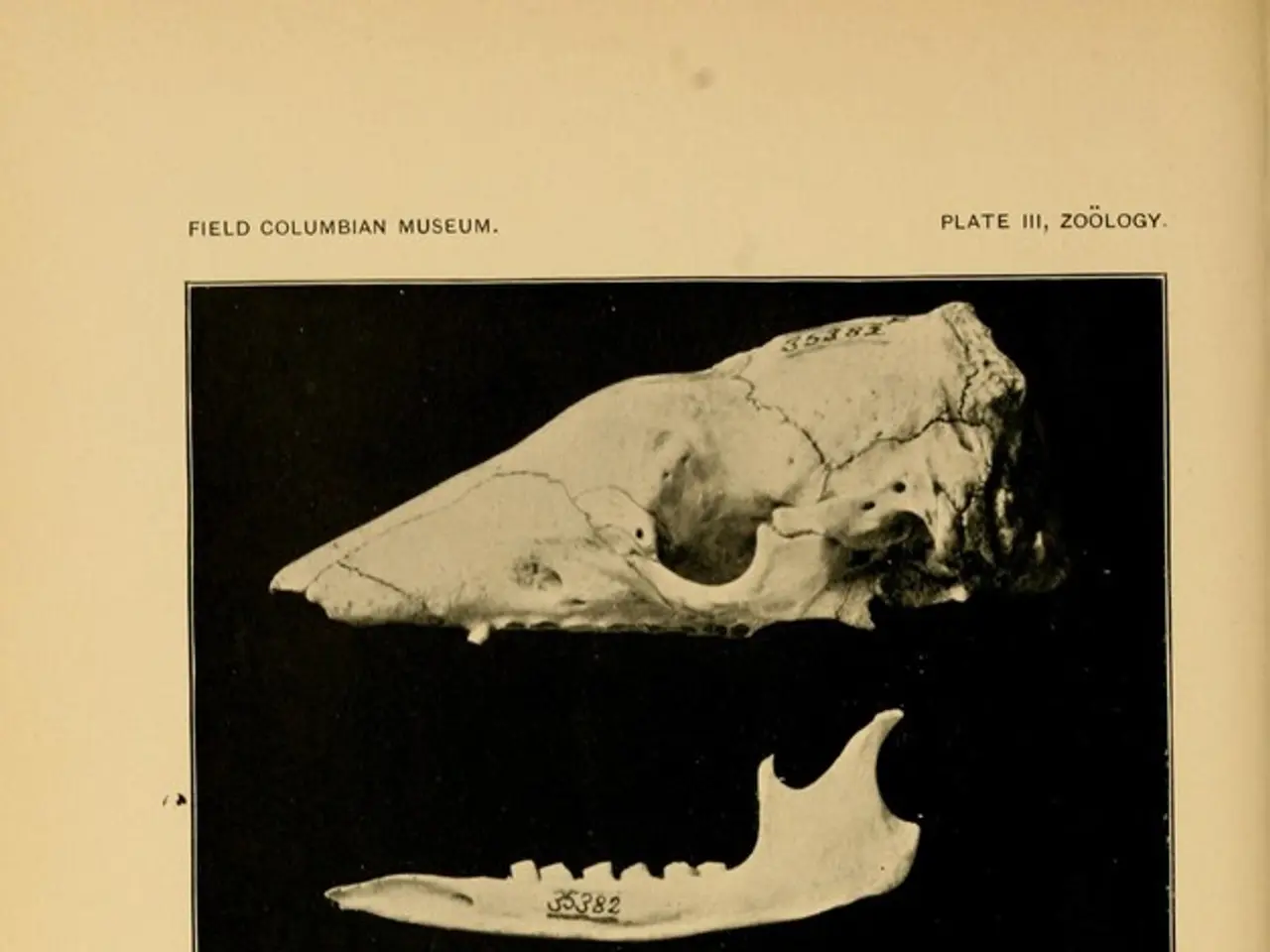Cesarean section wound infections: Origins and remedies
In the journey of childbirth, a cesarean delivery can be a life-changing experience for both mother and baby. However, it's essential to be aware of potential complications that may arise post-surgery, particularly bacterial infections. Here's a guide to common infections that can occur after a cesarean delivery, their causes, symptoms, and treatment.
**C-section Scar (Wound) Infection**
This infection happens when bacteria invade the incision site made during the cesarean section. Common bacteria involved are typically skin flora but can involve other pathogens if the wound is contaminated. Symptoms include redness, swelling, pain, pus, fever, and sometimes abscess formation around the incision site. The infected area may be warm and tender, and systemic symptoms like fever can also occur. Treatment includes antibiotics (oral for mild cases, intravenous for more severe), wound drainage if abscess forms, and regular wound dressing to promote healing.
**Chorioamnionitis (Intraamniotic Infection)**
This is an infection of the amniotic fluid and membranes before or during delivery, often polymicrobial with organisms such as *Gardnerella vaginalis*, *Streptococcus agalactiae* (Group B Streptococcus), *Mycoplasma hominis*, *Ureaplasma* species, and *Pseudomonas aeruginosa*. It can be linked to prolonged rupture of membranes or invasive procedures during labor. Symptoms include maternal fever (above 100.4°F or 38°C), fetal tachycardia (heart rate >160 bpm), foul-smelling vaginal discharge, uterine tenderness, maternal leukocytosis, and decreased fetal movement.
**Group B Streptococcus (GBS) Infection**
GBS colonization in the genitourinary or gastrointestinal tract can lead to maternal infections and transmission to the newborn, especially during delivery. GBS is a common cause of bacterial infections in pregnant women, often asymptomatic. In the mother, it may be asymptomatic or cause urinary tract infection; in newborns, it can cause sepsis and meningitis, characterized by fever, irritability, respiratory distress, and feeding difficulties.
Other bacterial infections related to cesarean or postpartum periods can include urinary tract infections and endometritis, but the above are the most commonly described related to cesarean delivery infections.
To reduce the risk of developing wound infections after a cesarean delivery, it is important to manage risk factors such as diabetes, obesity, and tobacco use, manage health conditions that weaken a person's immune system, seek proper medical care both before and after the delivery, take antibiotics before the surgery if necessary, and follow proper wound care methods at home.
After a cesarean delivery, the healthcare practitioner should teach proper wound care methods, including cleaning wounds and changing dressings exactly as instructed, taking antibiotics as prescribed, avoiding putting pressure on the wound, wearing clean cotton underwear, avoiding strenuous activities, avoiding placing anything in the vagina or having sex for a few weeks, avoiding lifting anything heavier than a baby, not allowing other skin to touch the area to reduce bacteria, and avoiding driving until a doctor says it is safe and the wound has healed.
Infections can delay recovery time, but doctors tend to manage post-cesarean infections with a combination of antibiotics, minor surgery, and proper hygiene and wound care. Infections can cause serious complications, so a person should consider talking to a doctor if they notice any signs of infection.
- Predictive analysis of potential complications post-cesarean delivery is crucial for timely intervention.
- Cellulitis can develop when bacteria invade the incision site during a cesarean section, commonly originating from skin flora.
- Psoriasis and dermatitis are chronic skin conditions unrelated to cesarean delivery, but effective skin care is crucial for healing.
- There are different types of bacterial infections that can occur after a cesarean delivery, such as chorioamnionitis and group B streptococcus (GBS) infections.
- Bipolar disorder, Alzheimer's, and HIV are mental health conditions not typically associated with cesarean delivery complications but require proper management for overall health and wellness.
- Psoriatic arthritis is a type of arthritis that can occur with psoriasis, but it does not directly relate to cesarean delivery.
- Antibiotics are often used to treat bacterial infections that may arise after cesarean delivery.
- Migraines can affect women during pregnancy and the postpartum period, but they are not directly linked to cesarean delivery complications.
- Accident and falls, asthma, cancer, and macular degeneration are examples of chronic diseases not directly related to cesarean delivery complications.
- AQ (air quality) is a factor that can affect overall health, but it does not have a direct relationship with cesarean delivery complications.
- Degeneration of the skin can be a symptom of certain conditions like eczema or psoriasis but is not typically a complication of cesarean delivery.
- Infections, particularly bacterial infections, can lead to complications like meningitis and sepsis, especially in newborns with GBS infections.
- Depression and diabetes are mental and physical health conditions that may need to be managed during and after pregnancy, but they are not directly related to cesarean delivery complications.
- HIV positive women are at a higher risk of contracting certain bacterial infections, such as chorioamnionitis, during or after pregnancy.
- Science and medical advancements have expanded our understanding of various medical conditions, including those related to childbirth and postpartum health.
- Maintaining good skin care, particularly during the postpartum period, can help prevent complications like wound infections and reduce the risk of developing chronic diseases like eczema or psoriasis.




